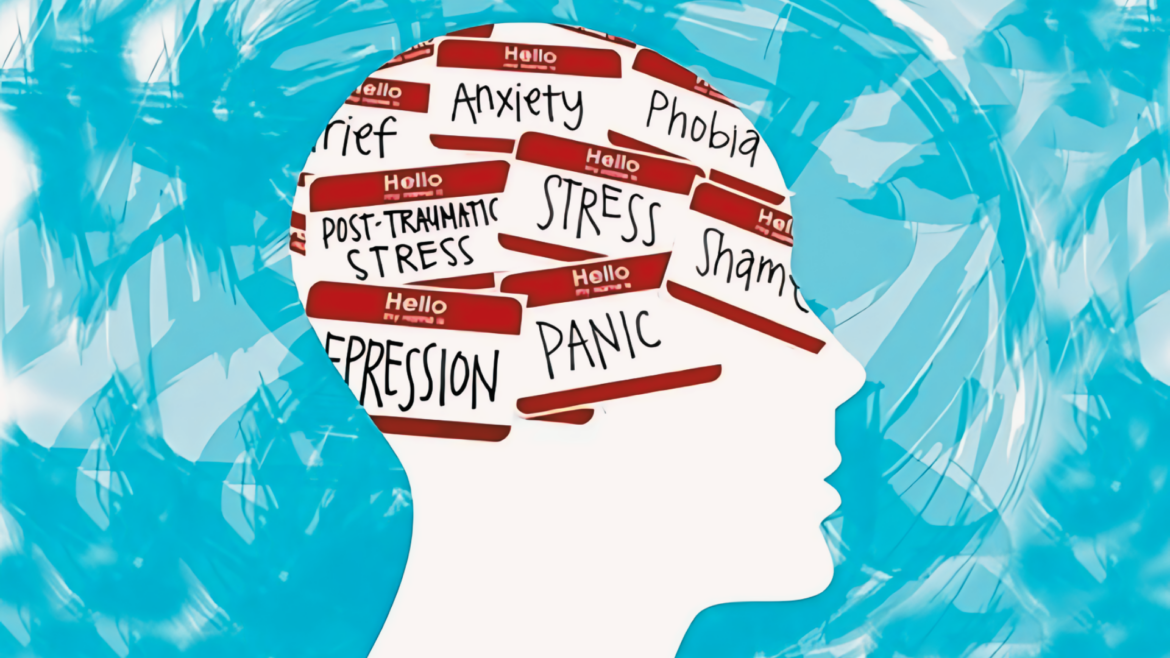Physical therapy is often viewed as a means to recover from injuries, manage chronic conditions, and regain physical function. However, for individuals who have experienced trauma, the journey to physical well-being can be more complex than the physical ailments that they may be facing. Trauma can have far-reaching effects on a person’s physical, emotional, and psychological state, making traditional physical therapy approaches potentially challenging or even re-traumatizing. This is where trauma-informed physical therapy comes into play, offering a compassionate and sensitive approach to healing.
What Is Trauma-Informed Care?

Trauma-informed healthcare recognizes the prevalence of trauma and its potential impact on a patient’s ability to engage in therapy. Nearly 90% of individuals seeking healthcare services have experienced at least one traumatic event in their lifetime, with 20-30% going on to develop PTSD (Al Jowf GI, et al, 2022). These experiences can range from physical or sexual abuse, domestic violence, combat exposure, or natural disasters, which can leave lasting imprints on the mind and body.
The core principles of trauma-informed care focus on creating a safe environment, emphasizing choice and collaboration, adapting treatment approaches, and promoting self-care and coping strategies. By understanding the signs and symptoms of trauma, such as hypervigilance, avoidance behaviors, or emotional dysregulation, physical therapists and other providers, can tailor their interactions and treatment plans to meet the unique needs of each patient. This is no easy task and takes time to develop individually as the provider and the relationship with the patient.
What Does Trauma-Informed Physical Therapy Look Like?

A positive example of trauma-informed physical therapy in action might look like this:
Sarah, a survivor of domestic violence, arrives for her first physical therapy session after sustaining a shoulder injury. The physical therapist greets her warmly and takes the time to explain the treatment process, emphasizing that Sarah has the choice to pause or stop at any time. The PT creates a comfortable space by allowing Sarah to choose where she would like to sit and provides a private treatment room as opposed to out in an open gym in front of other patients and staff.
Throughout the session, the physical therapist maintains open communication, frequently checking in with Sarah and allowing her to guide the pace and intensity of the exercises. If Sarah exhibits signs of distress or discomfort, the PT promptly adjusts the treatment approach or suggests a break. Fostering a sense of control and empowerment helps Sarah build trust and confidence in the therapeutic process.
In contrast, a less-than-ideal interaction might unfold like this:
John, a combat veteran struggling with PTSD, attends a physical therapy session for a back injury. The therapist, unaware of John’s trauma history, proceeds with a rigid treatment plan without considering potential triggers or emotional responses. The PT’s commanding tone and forceful adjustment of John’s body position could inadvertently trigger flashbacks or a heightened stress response, leaving John feeling overwhelmed and unsafe.
Without a trauma-informed approach, the physical therapist may miss critical cues or fail to create an environment that promotes trust and empowerment, potentially hindering John’s progress or even causing further distress.
Why Provide Trauma-Informed care?

Imagine 3 patients, each with a limp. One has a splinter in their foot, the second has sciatica, and the third had a knee replacement 4 weeks ago. They all may appear to have a similar gait, but treatment for each is wildly different because of their underlying root causes. The same is true for patients with trauma. We know that no two individuals are the same, so we must take the time to view them through a holistic lens, every single time.
Research has shown that trauma-informed care can significantly improve patient outcomes and engagement. A study by Reeves in 2015 found that individuals who received trauma-informed care reported a greater sense of safety, trust, and overall satisfaction with their treatment. Although trauma-informed care (specific to physical therapy) has been studied very little, a growing body of research supports the positive impact of trauma-informed approaches on reducing dropout rates and improving treatment adherence among trauma survivors.
Most physical therapists you’ll find are “people persons” and are empaths, so a good PT should naturally incorporate principles of trauma-informed care (Heywood, et al, 2024). However, integrating trauma-informed principles into physical therapy requires ongoing education and training for healthcare professionals. It involves developing a deep understanding of trauma’s impacts, recognizing potential triggers, and implementing strategies to create a safe and empowering environment for patients.
It Takes A Village

Collaboration with mental health professionals and other members of the interdisciplinary team is essential, and can further enhance the effectiveness of trauma-informed physical therapy, while addressing the physical and psychological aspects of healing. As healthcare providers, it is our responsibility to recognize the profound impact of trauma on an individual’s well-being and tailor our approaches accordingly. By embracing trauma-informed physical therapy, we can foster an environment of compassion, trust, and empowerment, enabling individuals to embark on their healing journey with dignity and resilience.
If you are in need of physical therapy, but need more focused care in a safe and welcoming environment, contact us today, or book an initial evaluation.
References:
- Al Jowf GI, Ahmed ZT, An N, Reijnders RA, Ambrosino E, Rutten BPF, de Nijs L, Eijssen LMT. A Public Health Perspective of Post-Traumatic Stress Disorder. Int J Environ Res Public Health. 2022 May 26;19(11):6474. doi: 10.3390/ijerph19116474. PMID: 35682057; PMCID: PMC9180718.
- Reeves, E. (2015). A synthesis of the literature on trauma-informed care. Issues in mental health nursing, 36(9), 698-709.
- Heywood, S., Bunzli, S., Dillon, M., Bicchi, N., Black, S., Hemus, P., … & Setchell, J. (2024). Trauma-informed physiotherapy and the principles of safety, trustworthiness, choice, collaboration, and empowerment: a qualitative study. Physiotherapy Theory and Practice, 1-16.









